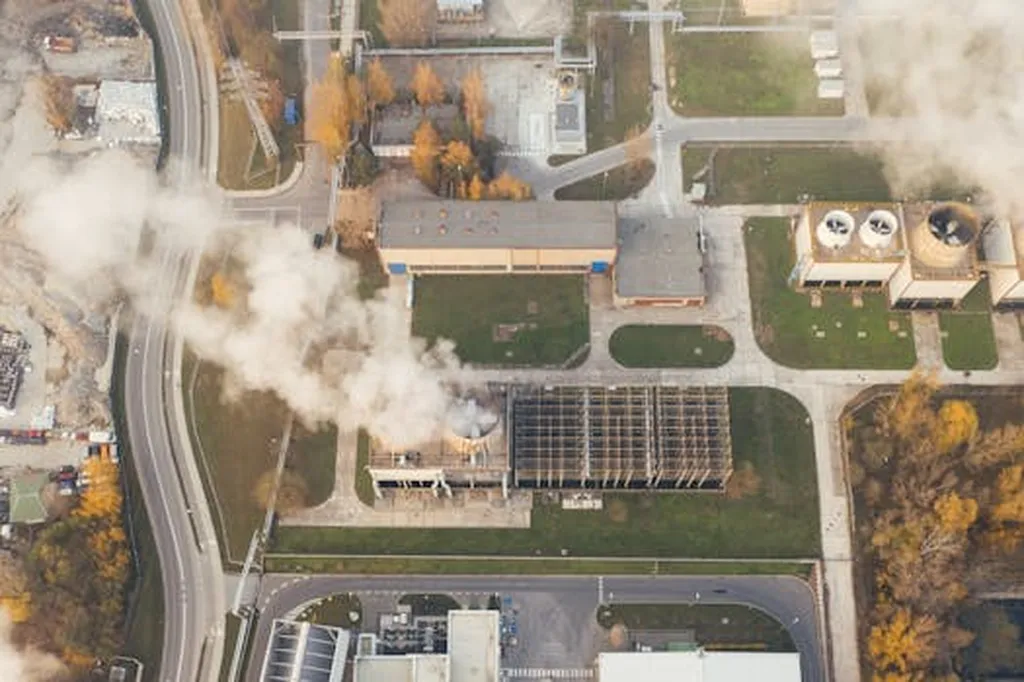In a significant stride towards making Carbon Capture and Storage (CCS) more economically viable, researchers have pinpointed a critical threshold for CO2 concentration that could revolutionize the energy sector. A study published in the journal *Applied Engineering Letters* (formerly known as *Communications Engineering*) by Le Zhang from the School of Engineering at the University of Tokyo, offers a fresh perspective on Direct Air Capture (DAC) technology, a crucial component of CCS.
The study addresses a longstanding challenge in the field: the high energy cost associated with purifying captured CO2. “Traditionally, the focus has been on achieving high purity levels of CO2 for storage,” explains Zhang. “However, this process is energy-intensive and costly. Our research suggests that using impure CO2 could be a game-changer, but it’s a delicate balance between reducing costs and maintaining storage efficiency.”
To tackle this issue, Zhang and his team employed molecular dynamics simulations to examine storage efficiency across a wide range of temperatures and pressures. Their findings revealed a strong correlation between macroscopic density changes and molecular-level Van der Waals interactions, providing a deeper understanding of the underlying physics.
One of the study’s most notable contributions is the introduction of the Normalized Storage Efficiency caused by Impurities (NSEI). This metric offers a practical tool for evaluating the storage potential and cost-effectiveness of impure CO2 systems. According to the detailed NSEI analysis, a CO2 concentration of at least 70% is necessary to achieve economically viable storage.
The implications of this research are substantial for the energy sector. By relaxing the purity requirements for stored CO2, the study opens up new possibilities for cost reduction and large-scale deployment of CCS technologies. “This finding provides practical guidance for designing DAC capture systems and planning impurity CCS projects,” Zhang notes. “It could significantly accelerate the adoption of CCS technologies, contributing to global efforts to mitigate climate change.”
The study also highlights the importance of interdisciplinary collaboration in driving technological advancements. By bridging the gap between molecular-scale simulations and real-world engineering applications, Zhang’s research offers a roadmap for future developments in the field.
As the energy sector continues to grapple with the challenges of decarbonization, this research provides a timely and valuable contribution. By demonstrating the feasibility of economically viable geological CO2 storage from direct air capture with lower purity levels, it paves the way for more sustainable and cost-effective solutions to combat climate change.

